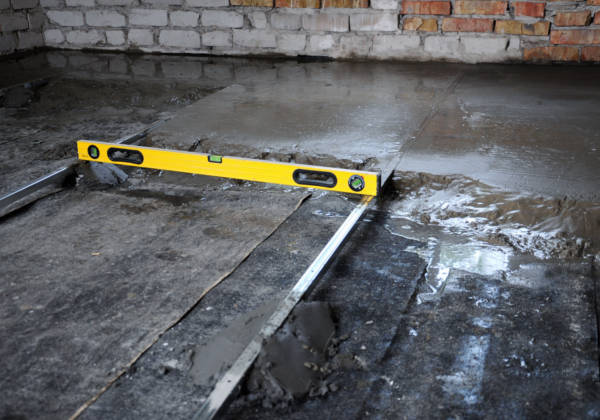Your basement waterproofing is very important to the structural integrity of your home. If even a little water gets into your basement, it can lead to mold and damage to your home’s foundation.

Nearly half of US homes have wet basements, according to American home inspectors. But what causes water to bypass basement walls and sealing and get beneath your home?
#1 Condensation
When warm air comes into contact with a cool surface, it leaves some water behind. This is the same principle that makes the outside of a cold drink wet. Your basement walls get pretty cold.
They’re thick too, meaning they’ll often stay cool even as the air in your house warms up. If the air is humid enough, this leads to condensation accumulating in your basement.
To prove that you’ve got condensation (and not a leak), tape some plastic wrap over a damp spot in your basement. Seal the edges of the wrap with tape so no water can get in or out.
Wait a few days, then check the plastic. If water is in between the plastic and the wall (or floor), you’ve got a leak. If it’s on the side facing the air, you’ve got a condensation problem.
To combat condensation, you’ll need to lower the humidity of your home. In some areas, opening windows and aerating your home may be enough. If condensation persists, you’ll need to purchase and set up a dehumidifier.
#2 Runoff
Rainwater flows downwards along the path of least resistance. If this path takes it towards your home, your basement waterproofing and sealing need to be absolutely perfect. The area around your basement will be damp for a long time after each rain.
Water will eventually be forced through any cracks or gaps in your basement walls. To direct runoff away from your home, make sure the ground is angled down and away from your house.
Experts suggest a slope of at least one inch down for every 12 inches away. While runoff is tricky to diagnose, algae or mold growing from cracks in your basement indicate there’s persistent dampness outside.
#3 Groundwater Swelling
Whenever there’s a lot of water dumped into the soil (usually due to rain or snow-melt), the water table in your area will rise. If it rises above the level of your basement, things get pretty bad.
Just like with runoff, the persistent damp will try to force its way through any gaps in your basement waterproofing and sealing. Unfortunately, it’s very expensive and difficult to combat groundwater swelling. Your best bet is to clear out water and patch leaks as they appear.
Knowledge Is Half the Battle
By knowing what’s causing your wet basement, you can work to prevent the root cause of any dampness and keep your foundation dry and secure. You can install a dehumidifier or direct runoff away from your house on the weekend with a few trips to the hardware store.
By addressing the root cause, you’ll minimize the amount of maintenance you’ll have to do in the future to keep your basement sealed and dry.
Assigned category: Foundation Repair




